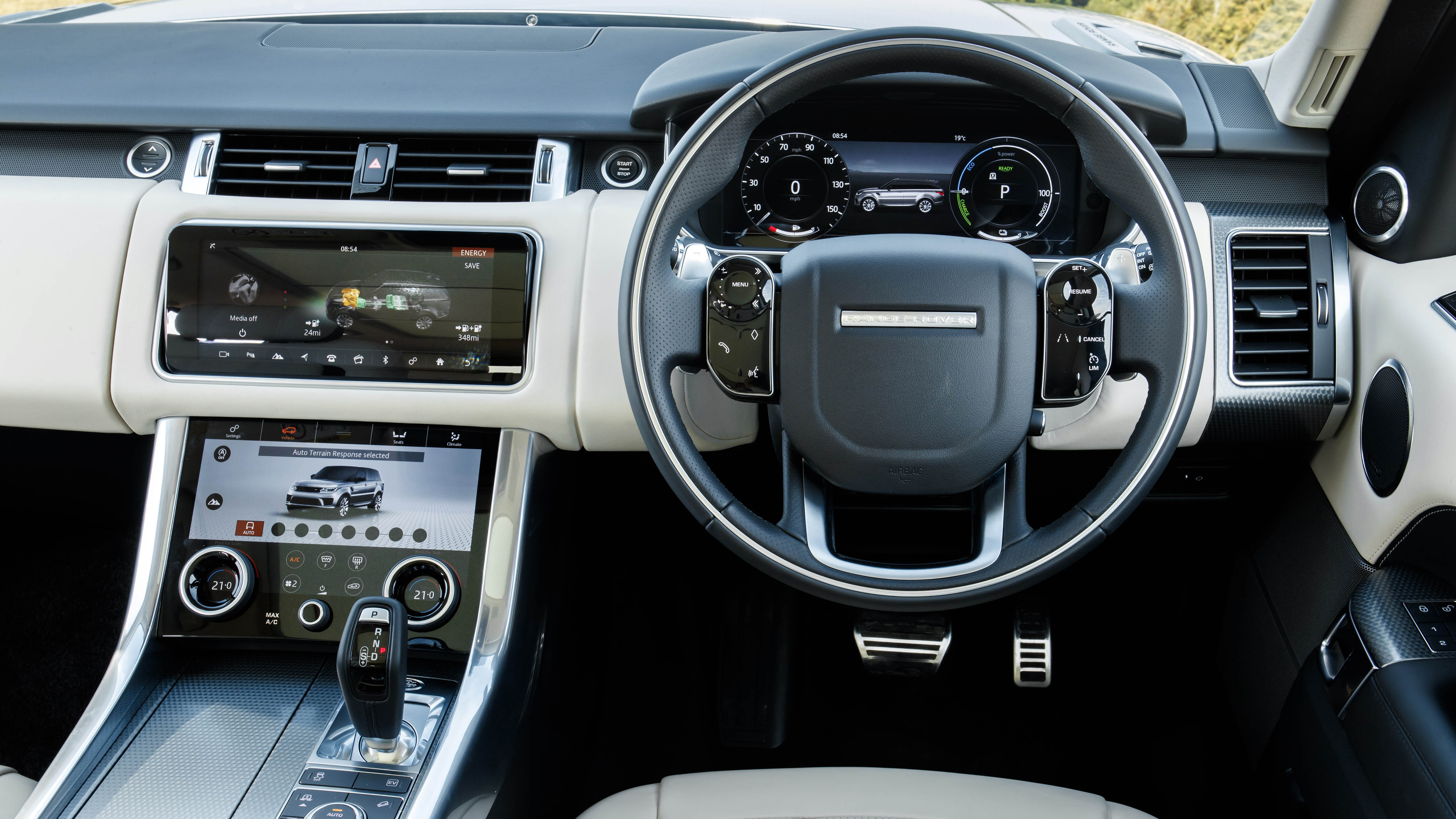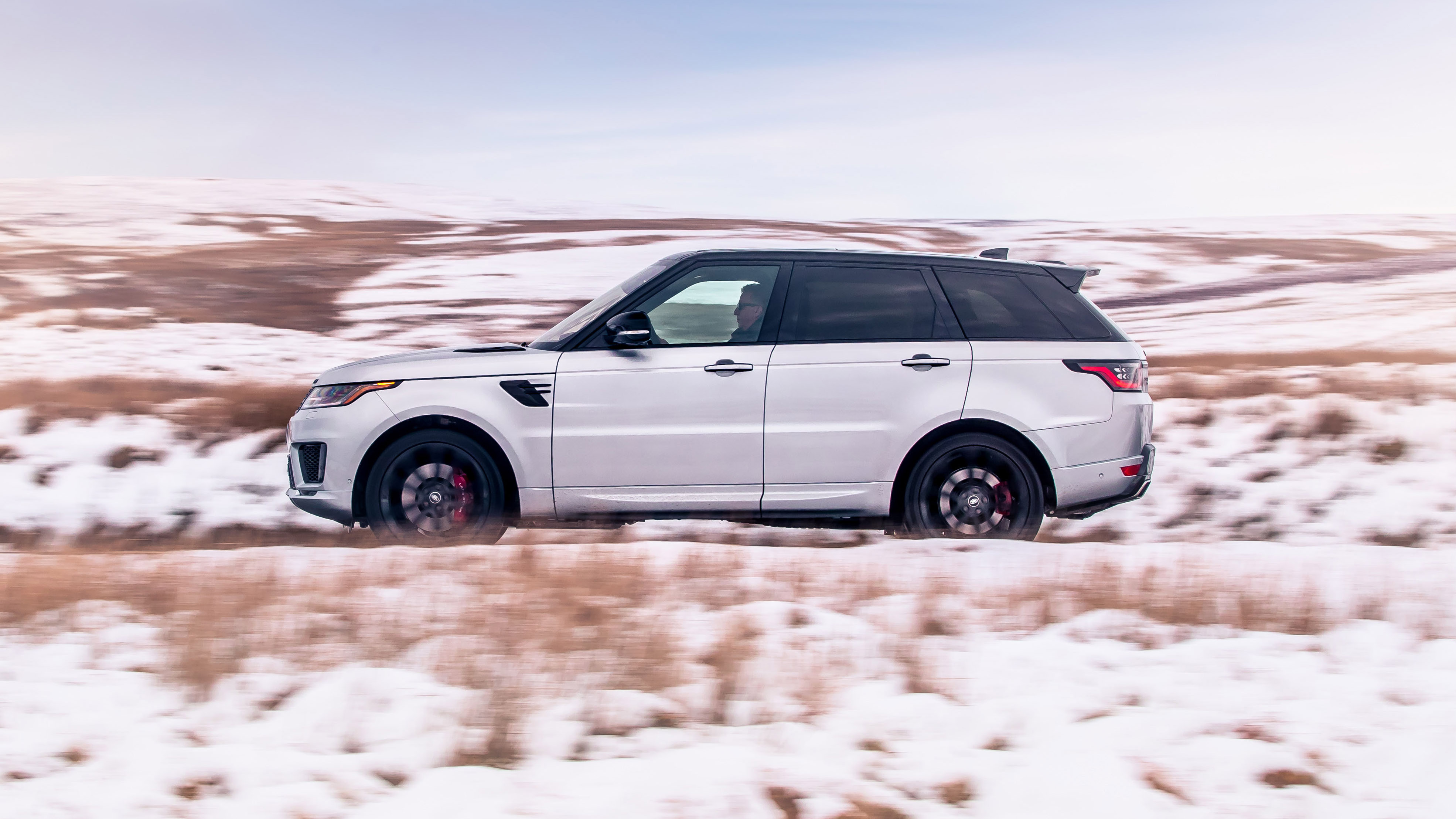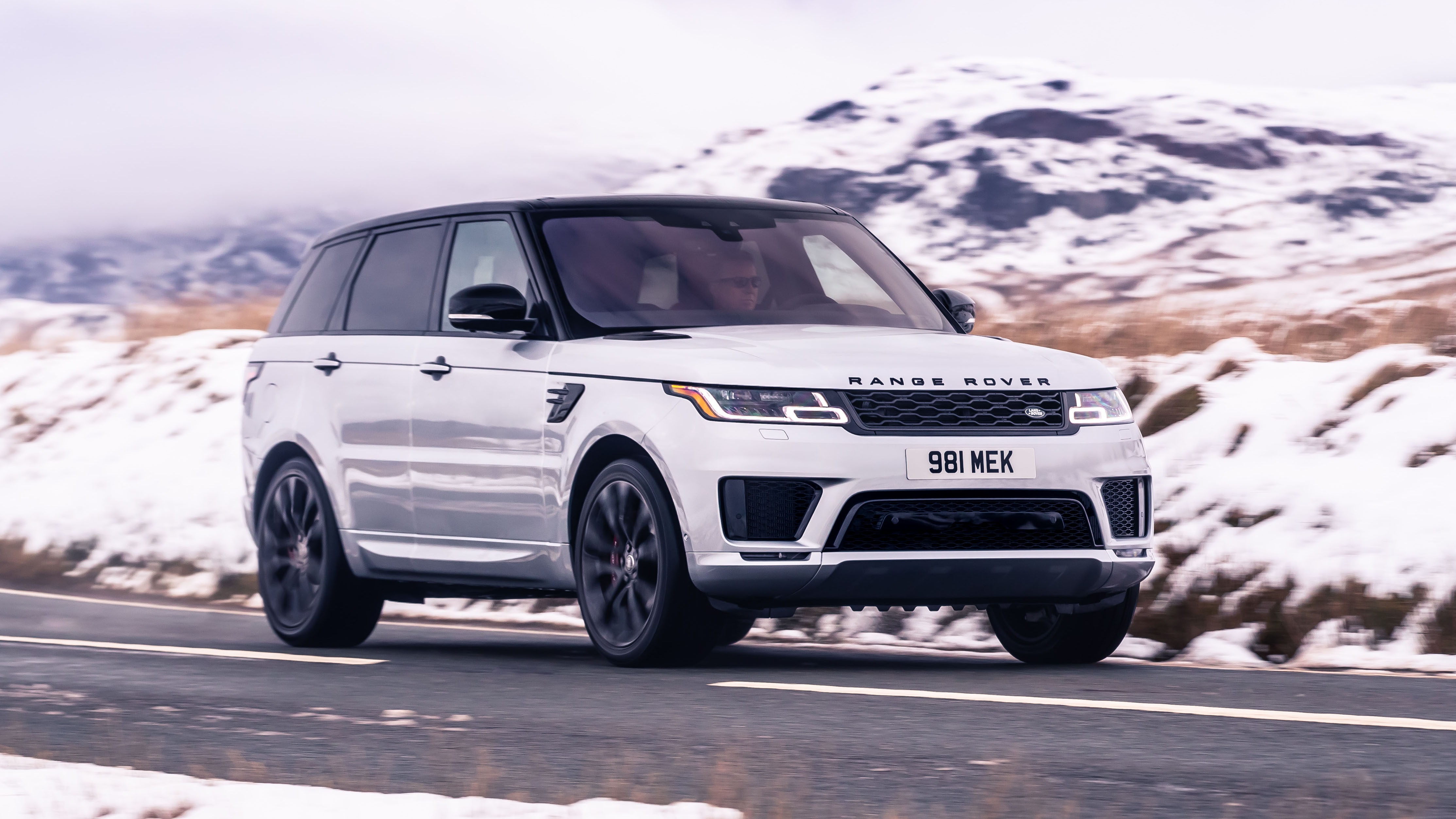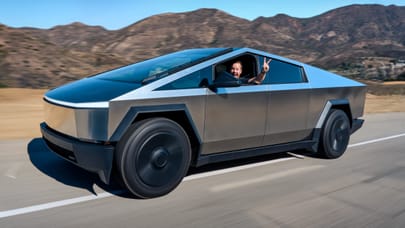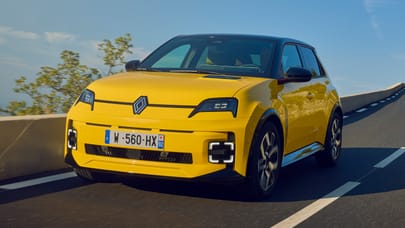
Buying
What should I be paying?
RRS prices start at £64,760 these days for the least powerful diesel, with the PHEV sitting in the middle at just over £75,000 and the supercharged V8 taking the entry price above the £100k mark.
To give you an idea of PCP costs – a completely bog-standard entry level D250 in the lowest HSE Silver spec would set you back £743 per month if you put a £10,000 deposit down, signed up for three years and agreed to an annual mileage limit of 10,000.
When we ran a Range Rover Sport on Top Gear’s long-term fleet – a pre-facelift SDV6 – it was reliable and well-liked. But we’ve also run Land Rover products with far more glitches, from infotainment to gearboxes going wrong. Land Rover build quality can still be a hit and miss affair, but Range Rover Sports appear to be in the better-built end of the spectrum.
While diesels suit the hefty RRS’s cruising remit best, their political longevity is shakey, so the plug-in hybrid will be the cheaper ownership proposition for urban dwellers – aside from the not inconsiderable price premium of some £5,000. Remember that the new full-fat Range Rover PHEV gets 70 miles of all-electric range, though, so it’s likely that the new generation Sport will get a much improved plug-in powertrain too.
Running the Range Rover Sport SVR will take pockets as deep as the oil wells it empties – reckon on fuel economy in the twenties if you’re being saintly, or less than ten (really) – if you’re using all 567bhp. Top Gear’s consumer testing means we’ve gone so far as to max it on the Autobahn, and can report that at 176mph, you’ll see a genuine one mile per gallon. Don’t try this at home people.




